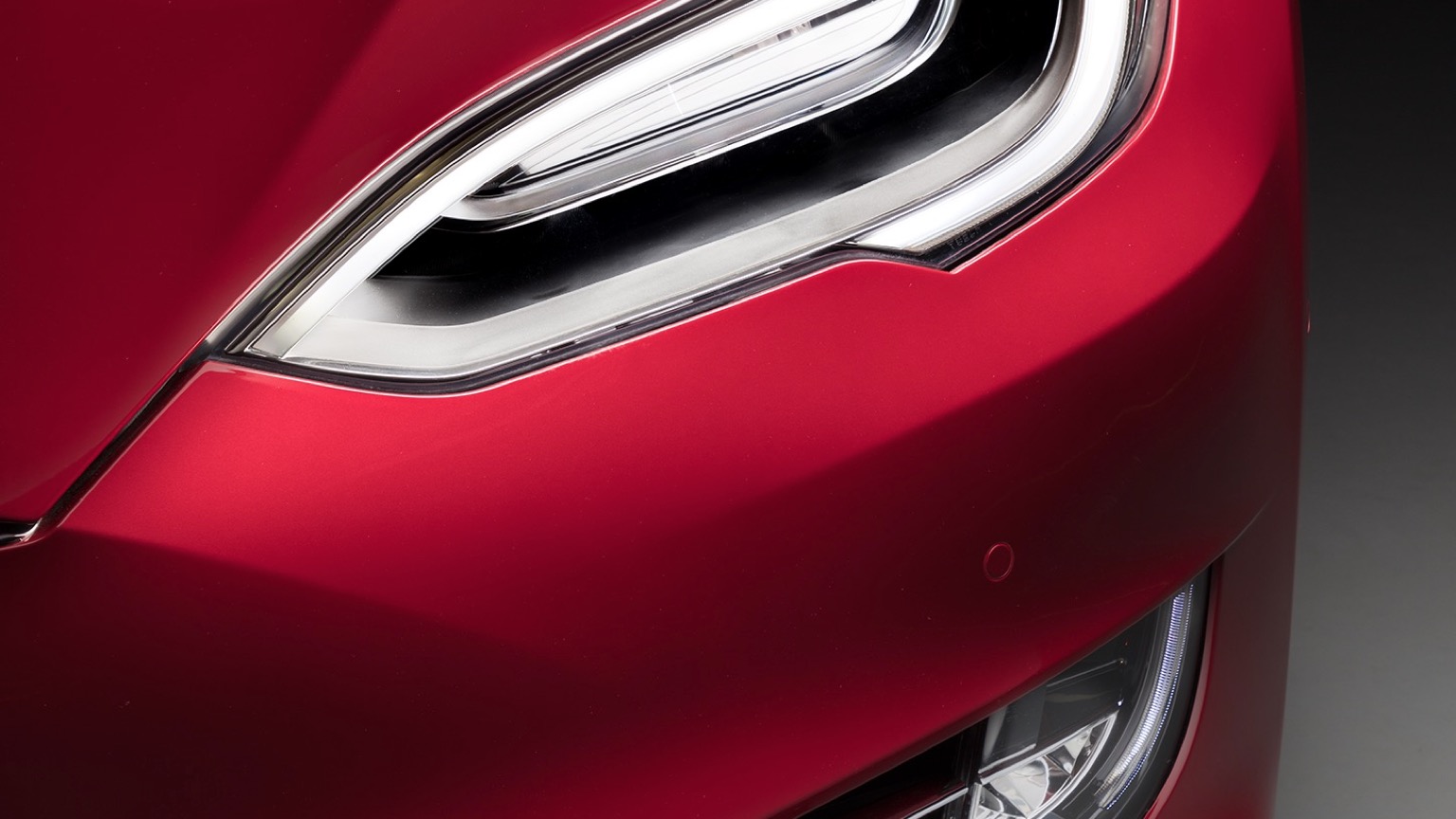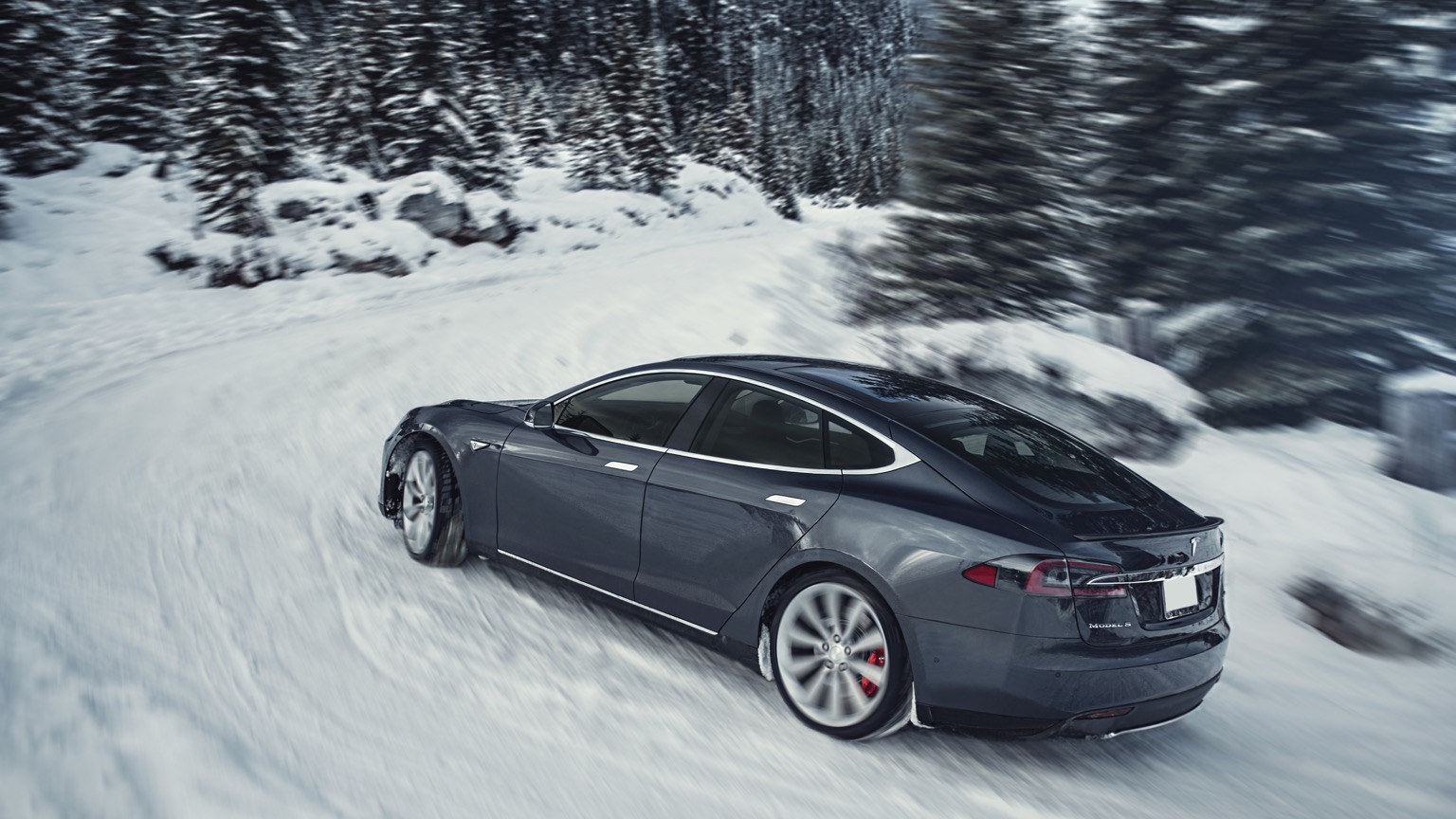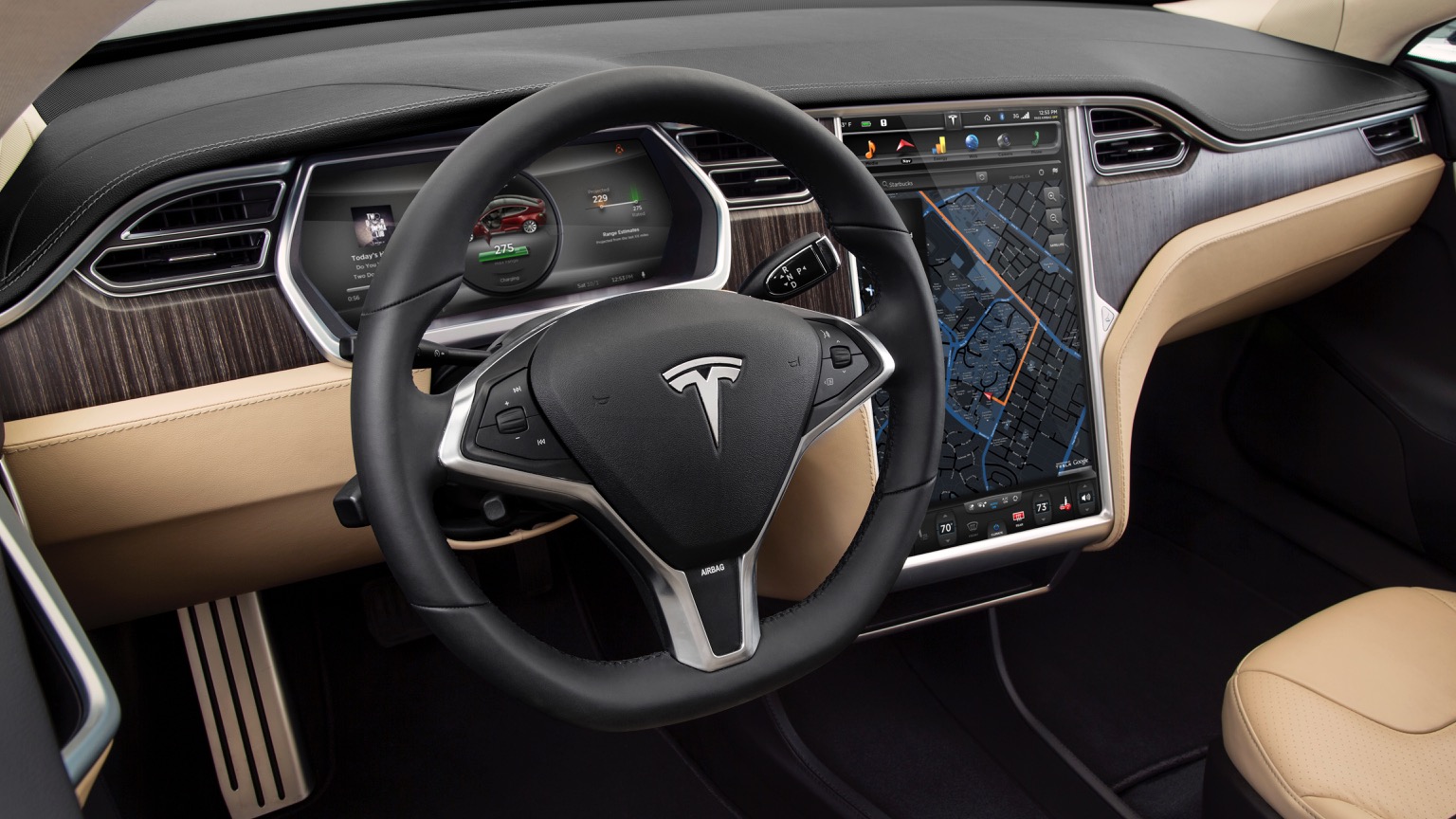Driving Range
In short, how many miles you can travel on a full charge. Is length important? Let’s not open that can of worms…
Efficiency
How many kWh of charge are needed to travel a set distance. The fewer needed, the more efficient your EV is. Easy!
Battery
The bigger the battery, the more power it can hold. In essence, fewer stops needed to top up your charge. Ahh, simplicity!
Top Speed
The maximum speed you can reach with your foot pressed hard to the floor. Important when escaping a zombie apocalypse, we assume.
Seats
Well, you don’t want to have to leave anybody at home… or do you?
Body
From stylish SUVs and compact crossovers, to curvaceous coupes and handy hatchbacks, there’s a perfect shape for everyone!
Isofix
The safe way to attach a child seat. Typically, these are hidden in the join between the back seats, alongside the crumbs from your last meal deal.
Safety Rating
A measure that considers the amount of safety kit installed, how a vehicle performs in crash testing and how safe it is for both pedestrians and cyclists.
| City - Cold Weather | 205 miles |
| Highway - Cold Weather | 150 miles |
| Combined - Cold Weather | 180 miles |
| City - Mild Weather | 305 miles |
| Highway - Mild Weather | 195 miles |
| Combined - Mild Weather | 245 miles |
Indication of real-world range in several situations. Cold weather: 'worst-case' based on -10°C and use of heating. Mild weather: 'best-case' based on 23°C and no use of A/C. For 'Highway' figures a constant speed of 110 km/h is assumed. The actual range will depend on speed, style of driving, weather and route conditions.
| Charge Port | Type 2 |
| Port Location | Left Side - Rear |
| Charge Power | 11 KW AC |
| Charge Time | 6hr 45m |
| Charge Speed | 31 mph |
| Fastcharge Port | Supercharger |
| FC Port Location | Left Side - Rear |
| Fastcharge Power (max) | 120 |
| Fastcharge Time | 29m |
| Fastcharge Speed | 300 mph |
General Charging (0 - 100%)
Charging is possible by using a regular wall plug or a charging station. Public charging is always done through a charging station. How fast the EV can charge depends on the charging station (EVSE) used and the maximum charging capacity of the EV
| Charging Point:Charging Point | Power:Power | Time:Time |
|---|---|---|
| Charging Point:Wall Plug | Power:2.3 kW | Time:31hr 45m |
| Charging Point:1-Phase 16A | Power:3.68 kW | Time:19hr 45m |
| Charging Point:1-Phase 32A | Power:7.36 kW | Time:10hr |
| Charging Point:3-Phase 16A | Power:3.68 kW | Time:6hr 45m |
| Charging Point:3-Phase 32A | Power:7.36 kW | Time:6hr 45m |
Rapid Charging (10 - 80%)
Rapid charging enables longer journeys by adding as much range as possible in the shortest amount of time. Charging power will decrease significantly after 80% state-of-charge (SoC) has been reached.
| Charging Point:Charging Point | Average Power:Average Power | Time:Time |
|---|---|---|
| Charging Point:Supercharger v2 Shared | Average Power:65 kW | Time: 42m |
| Charging Point:Supercharger v2 | Average Power:95 kW | Time: 29m |
| EVDB Real Range | 210 miles |
| EVDB Vehicle Consumption | 295 Wh/mi |
| EVDB CO2 Emissions | 0 g/mi |
| EVDB Vehicle Fuel Equivalent | 1.37 l/100mi |
| WLTP Real Range | N/A |
| WLTP Rated Consumption | N/A |
| WLTP Vehicle Consumption | N/A |
| WLTP CO2 Emissions | 0 g/mi |
| WLTP Rated Fuel Equivalent | N/A |
| WLTP Vehicle Fuel Equivalent | N/A |
| Acceleration 0 - 100 km/h | 5.8 sec |
| Top Speed | 130 mph |
| Electric Range* | 210 miles |
| Total Power* | 235 kWh |
| Total Torque* | 440 Nm |
| Drive | Rear |
| Safety Rating | N/A |
| Rating Year | N/A |
| Adult Occupant | N/A |
| Child Occupant | N/A |
| Vulnerable Road Users | N/A |
| Safety Assist | N/A |
For more details on the safety rating of this vehicle, visit euroncap.com
| Nominal Capacity | 75 kWh |
| Battery Type | Lithium-ion |
| Number of Cells | N/A |
| Architecture | 400 V |
| Useable Capacity | 62 kWh |
| Cathode Material | N/A |
| Pack Configuration | N/A |
| Nominal Voltage | N/A |
| Length | 4970 mm |
| Width | 2037 mm |
| Width (with mirrors) | N/A |
| Height | 1445 mm |
| Wheelbase | 2960 mm |
| Weight Unladen (EU) | 2102 kg |
| Gross Vehicle Weight (GVWR) | 2590 kg |
| Max. Payload | 563 kg |
| Cargo Volume | 895 L |
| Cargo Volume (Max) | 1792 L |
| Cargo Volume Frunk | N/A |
| Roof Load | N/A |
| Tow Hitch Possible | No |
| Towing Weight Unbraked | N/A |
| Towing Weight Braked | N/A |
| Vertical Load Max | N/A |
| Seats | 5 |
| Isofix | Yes, 2 seats |
| Turning Circle | 12.4m |
| Platform | TESLA S/X |
| Car Body | Liftback Saloon |
| Segment | F |
| Roof Rails | No |
| EV Dedicated Platform | Yes |
* = estimated value. Average energy consumption and range based on moderate drive style and climate. Real-life values may differ significantly. Pricing information might not be actual for some regions. No rights can be derived from the information on this site.

Tesla Model S 60 Charging Guide
In the realm of electric vehicles, the Tesla Model S stands as a paragon, a harmonious blend of luxury, high performance, and cutting-edge technology. Since its debut, the Model S has continually redefined expectations for what an electric car can be, combining breathtaking acceleration and unparalleled range with a suite of luxury features and Tesla’s signature futuristic appeal.
The Tesla Model S isn’t just about getting from point A to B; it’s about the journey, the innovation, and the experience. This vehicle, a beacon of Tesla’s ingenuity, offers an unrivalled electric driving experience. With its sleek, aerodynamic design and an interior that combines comfort with high-tech functionality, the Model S appeals to those who seek both style and substance in their vehicle.

Can I charge a Tesla Model S 60 at home?
With Tesla supercharging points becoming increasingly more common, it’s easy to forget that charging your electric vehicle at home is a cost-effective, sustainable solution. With an EV charger such as zappi, you can use excess energy from your home solar panels to charge the model S to keep your EV even more environmentally friendly than ever before.
If opting to charge your Model S at home overnight, you may also be eligible for a reduced rate on your electric tariff, which makes charging your EV overnight extra appealing.
How long does it take to charge the Tesla Model S 60?
8 hours 51 minutes*
*Using a standard 7kWh charger, such as zappi it would take 8 hours and 50 minutes to fully charge your 62kWh battery. The Tesla Model S also has the capability to be charged on the 22kWh zappi, which would reduce this charging time down to 6 hours and 45 minutes.
What is the range of the Tesla Model S 60?
210 miles**The range of the Tesla Model S 60 with the 62kWh battery, differs between 150 miles and 305 miles depending on your driving conditions and the type of road. Typically, the average range from a full charge will be around 210 miles.
How much does it cost to charge the Tesla Model S 60?
£4.65**It could cost just £4.65 to charge the Tesla Model S, with the 62kWh battery, when fully utilising off-peak charging on an Octopus Intelligent tariff, at 0.075p/kwh. In contrast, peak charging on a standard rate of 0.34p/kwh can cost £21.08 to charge up.

How much does the Tesla Model S 60 cost?
A brand new Tesla model S starts at around £56,000* with an estimated on the road cost of closer to £80,000*. However, Tesla has a seemingly endless list of modifications, upgrades and extras which can be added on for a cost which can exceed £140,000*. The Tesla Model S 60 is no longer available to buy new. However, there are a number of reasonably priced used models of the Tesla Model S 60 available to buy.
This price does put the Tesla model S as one of the most expensive electric cars on the market. However, with a massive range to choose from an incredible attention to detail in every aspect of this car, it’s easy to see why it is so popular.
*prices correct as of November 2023.

Is the Tesla Model S 60 reliable?
With up to 4 years vehicle warranty and up to 8 years battery life guarantee, even without the reliable reputation of Tesla you can be sure your the model S will be reliable.
Even on a used model S , Tesla offers up to a one year warranty or the remainder of the initial 4 year warranty whichever is longer.

Does the Tesla Model S 60 have free supercharging?
Although some Tesla models can include some free SuperCharing, this is not for the lifetime of the car and usually comes as an extra or with the top end models. With the growing popularity of Tesla in general, the company reduced the number of unlimited, free Supercharging which once came as standard.
Tesla users will need to check their Tesla App under “Specs and Warranty” to find out how much free supercharging they qualify for, after which they will be charged at a standard rate which fluctuates but can be around 69p/kWh. Regular Supercharging users can choose to pay a monthly subscription which will allow them to pay a reduced price of 50p/kWh.

Does the Tesla Model S 60 have air suspension?
Yes. When the Tesla model S starts, you may hear the sound of the compressor as the air suspension system’s reservoir fills with air. Although the Smart Air Suspension was an optional extra for the model S in 2014, it became standard in all models released after 2017.
The purpose of Adaptive Air Suspension offers the driver the choice between a softer or firmer ride based on their preferences as well as offering a more level height between the front and rear when carrying loads.
Similar Electric Vehicles















































